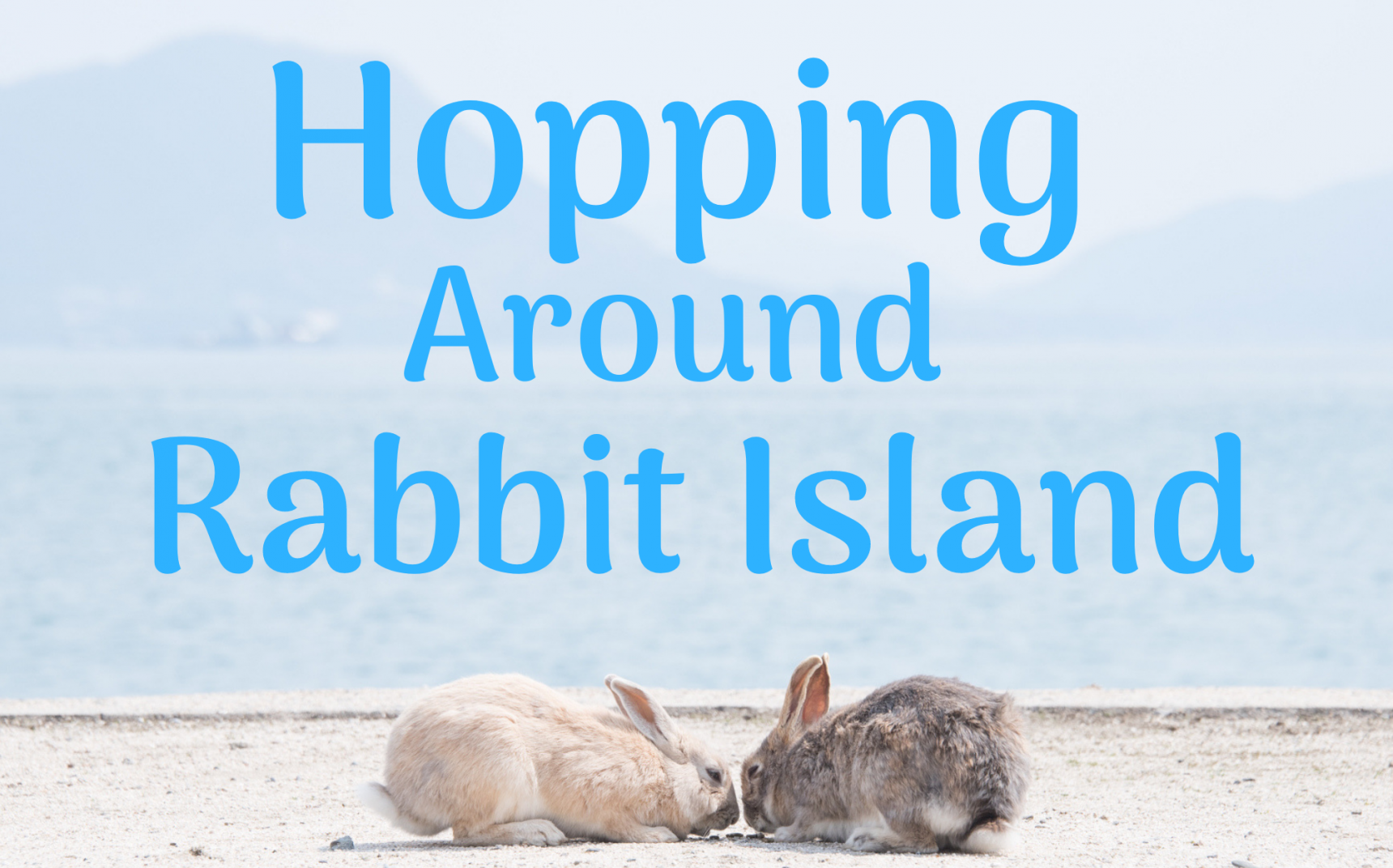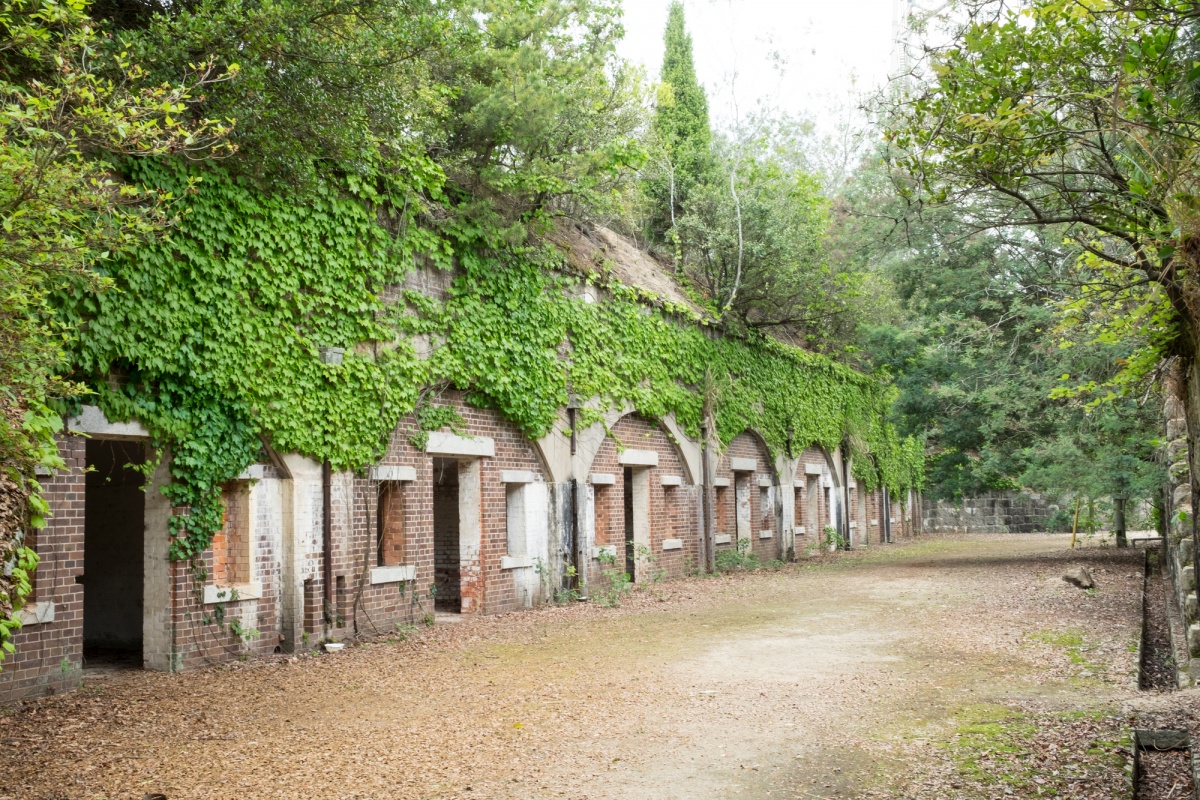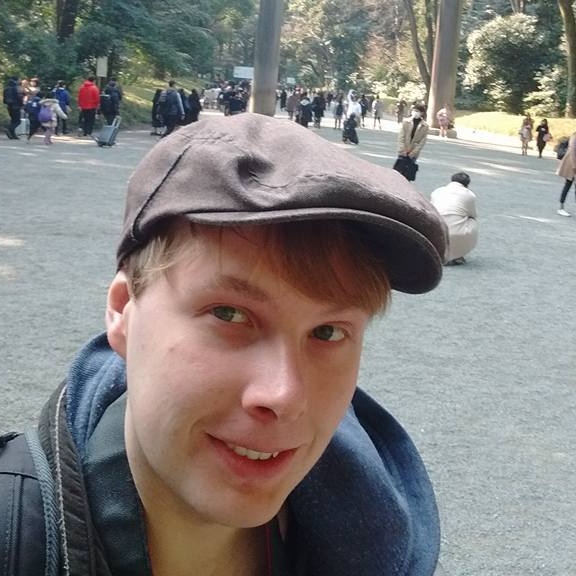Hopping Around Rabbit Island
Although it's just a small island off the coast of Hiroshima, Okunoshima is a destination with lots to offer. Its biggest attraction is the hundreds of adorable rabbits that give it the nickname "Rabbit Island," but there's also plenty of walking trails, campgrounds, historical sites and more to explore!
By Alfie BlincoweHow to Get There
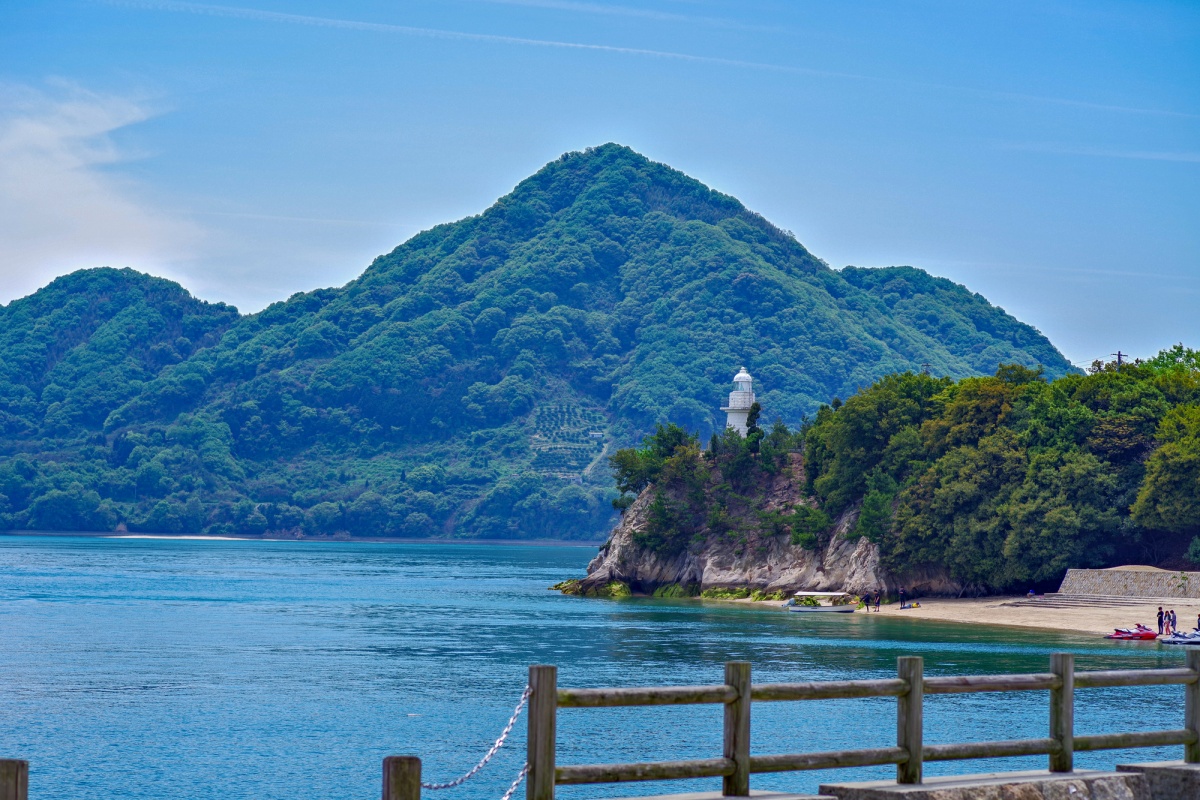
https://pixta.jp
Although Okunoshima is a little off the beaten path, it's relatively easy—if time consuming—to reach. Your first stop is Tadanoumi Station. From Hiroshima, the trip takes up to 100 minutes. If you're eligible for a JR Pass, hop on the Tokaido-Sanyo Shinkansen to Mihara Station, and transfer to the local Kure Line to Tadanoumi Station. If you're not eligible for the JR Pass, take the Kaguyahime Highway Bus from Hiroshima Station to Takehara Station, and transfer to the Kure Line to Tadanoumi Station. A one-way trip costs ¥1,380.
Access to the island is limited to a ferry that embarks from Tadanoumi Port, which is a short walk from the station. The ferry takes about 15 minutes, and costs ¥310—tickets are available at the nearby souvenir shop, which is also the best place to buy cute rabbit-themed goods, and rabbit food! The ferry operates from 7:30 a.m. to 7:30 p.m., but be aware that there are fewer departures on weekdays, and in colder months between November and January. You can find a full timetable here.
Finding Rabbits
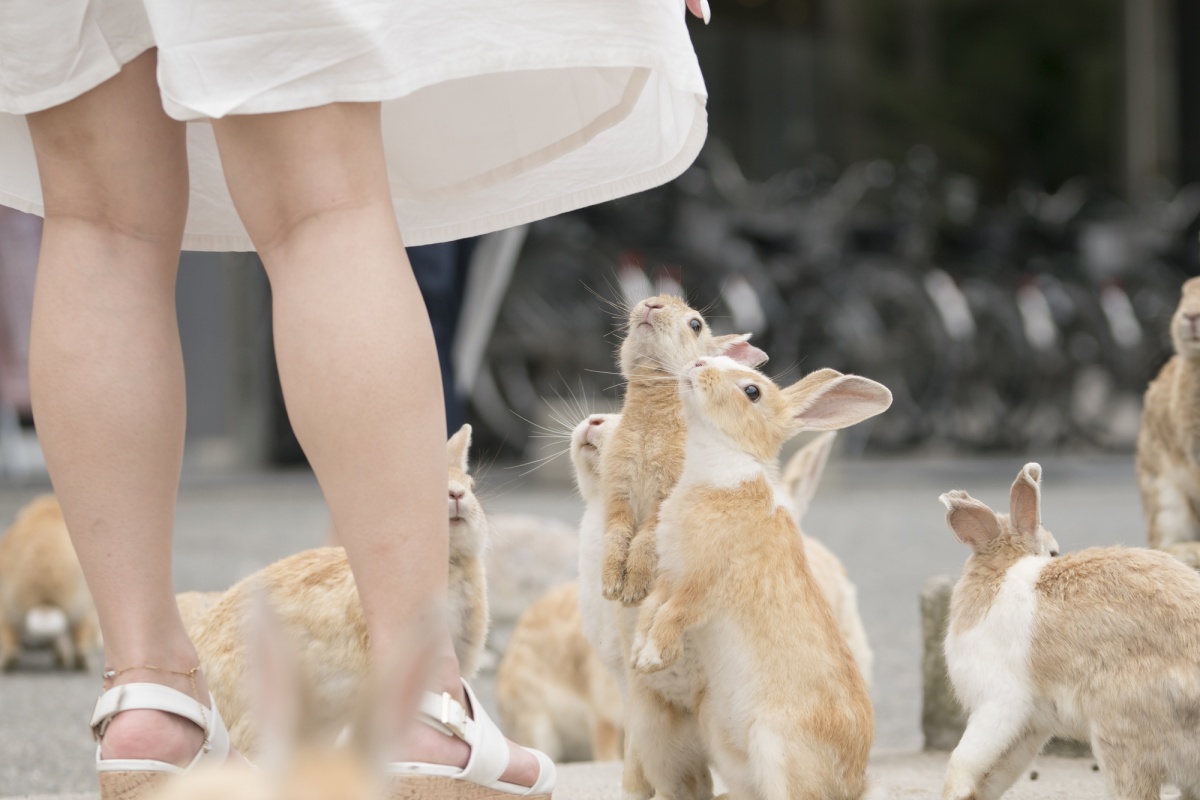
https://pixta.jp
This is arguably the easiest part of the trip, because when you disembark from the ferry you'll be immediately greeted by rabbits begging for treats. The cute little bundles of fluff hop right up to tourists when they step off the boat, since they know where the food comes from and aren't shy about asking for seconds. You might be tempted to stop there, but there's a whole island full of bunnies to explore!
There's a free shuttle from the pier to the Kyukamura Okunoshima, a resort hotel with a café and restaurant, a souvenir shop, an onsen (which is also open to visitors who aren't guests of the hotel), a pool, tennis courts and tons of rabbits hanging around in front! They like to hang out there because the entrance is sheltered from the wind, and many of the guests make a point of feeding them. The rabbits are happy to pose for the perfect Instagram photo (get ready for some SERIOUS cuteness), but there are some simple rules for their safety and well-being that island maintenance requests visitors observe.
・Don't hold or chase the rabbits.
・Because it may cause a traffic incident, please don't feed the rabbits on roads.
・Do not leave rabbits old or spoiled food.
・Do not feed the rabbits human food.
・Don't ride bicycles recklessly around the rabbits.
・Don't take rabbits home.
・Don't abandon your own rabbit on the island.
・Check under your car for rabbits before driving!
・If possible, refill the water pans from which the rabbits drink.
・Watch over the rabbits and spread the word about Rabbit Island!
More to Explore
The hotel is a great starting point from which to explore the rest of the island. From here you can stroll along the shore, looking out at the incredibly beautiful Seto Inland Sea. There are hills that you can hike up to find great picnic spots, as well as the Okunoshima Lighthouse, and gorgeous beaches that are open for swimming in summer. There is also a camping site that visitors are welcome to use. There's a small fee to use it with your own camping gear, and they have three separate plans from which to choose if you'd prefer to rent equipment from them (although the site is in Japanese only). The resort also offers rental bicycles if you'd like to enjoy some scenic cycling. Normal bicycles are ¥400 for two hours for guests of the resort, and ¥600 for non-guests. They also offer bicycles with an electrical motor for an additional ¥200.
The rest of the island is full of ruins that are in stark juxtaposition to the otherwise adorable atmosphere of Rabbit island. Okunoshima was once used to manufacture deadly gas for the Japanese military in World War II, and the island itself was a secret from most Japanese citizens during the war—the workers were sworn to secrecy. There is a Poison Gas Museum (with a ¥100 entry fee) to educate visitors about the horrors of war, and a large empty building where the gas was produced. Although the buildings are abandoned, they remain as a sobering reminder of the past. In many ways it's also a hopeful image for the future, since Okunoshima has blossomed into a place of peace and joy.


